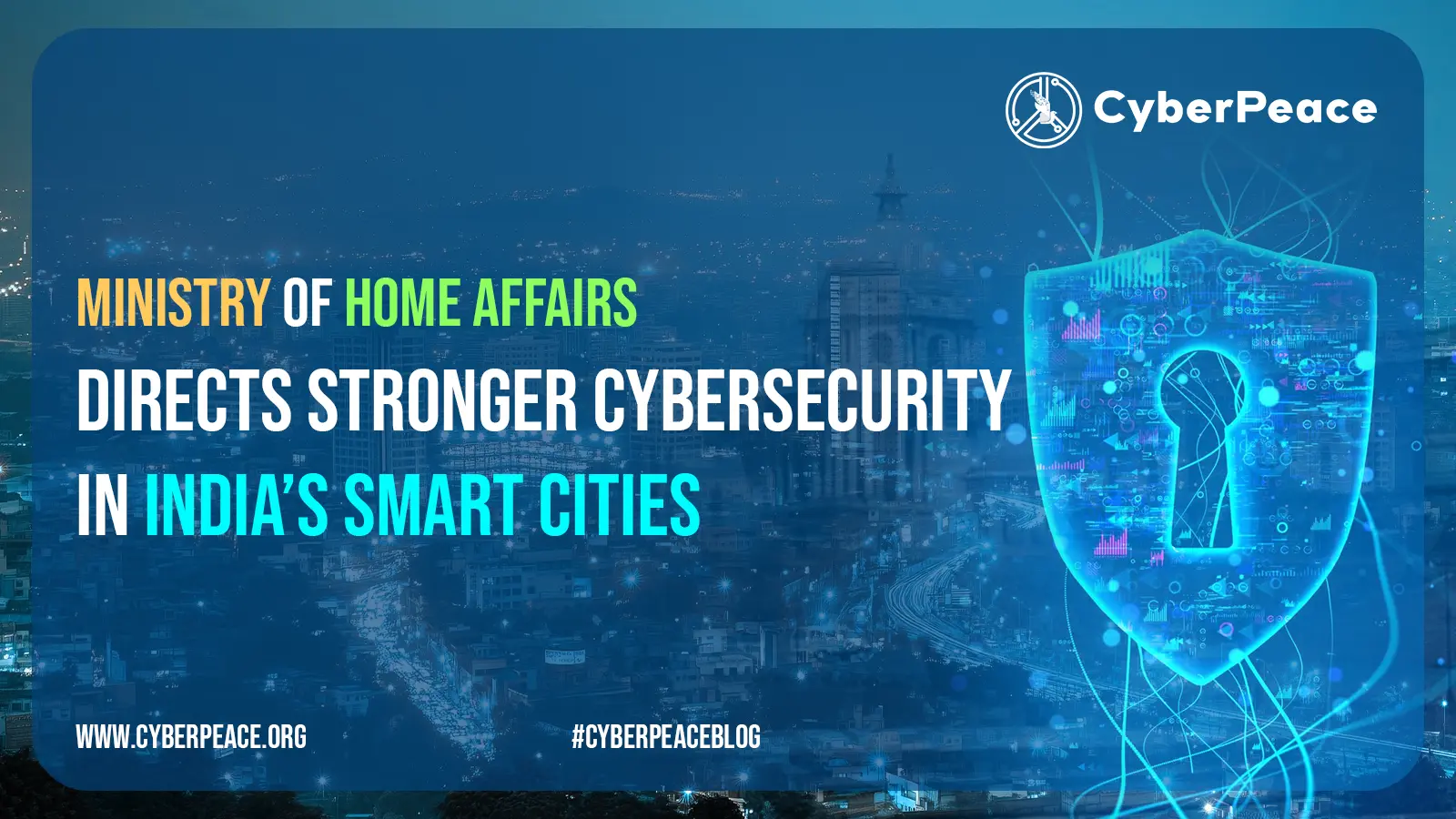Regulating Deepfakes: Legal Approaches to Combating Synthetic Media Misinformation
The 2020s mark the emergence of deepfakes in general media discourse. The rise in deepfake technology is defined by a very simple yet concerning fact: it is now possible to create perfect imitations of anyone using AI tools that can create audio in any person's voice and generate realistic images and videos of almost anyone doing pretty much anything. The proliferation of deepfake content in the media poses great challenges to the functioning of democracies. especially as such materials can deprive the public of the accurate information it needs to make informed decisions in elections. Deepfakes are created using AI, which combines different technologies to produce synthetic content.
Understanding Deepfakes
Deepfakes are synthetically generated content created using artificial intelligence (AI). This technology works on an advanced algorithm that creates hyper-realistic videos by using a person’s face, voice or likeness utilising techniques such as machine learning. The utilisation and progression of deepfake technology holds vast potential, both benign and malicious.
An example is when the NGO Malaria No More which had used deepfake technology in 2019 to sync David Beckham’s lip movements with different voices in nine languages, amplified its anti-malaria message.
Deepfakes have a dark side too. They have been used to spread false information, manipulate public opinion, and damage reputations. They can harm mental health and have significant social impacts. The ease of creating deepfakes makes it difficult to verify media authenticity, eroding trust in journalism and creating confusion about what is true and what is not. Their potential to cause harm has made it necessary to consider legal and regulatory approaches.
India’s Legal Landscape Surrounding Deepfakes
India presently lacks a specific law dealing with deepfakes, but the existing legal provisions offer some safeguards against mischief caused.
- Deepfakes created with the intent of spreading misinformation or damaging someone’s reputation can be prosecuted under the Bharatiya Nyaya Sanhita of 2023. It deals with the consequences of such acts under Section 356, governing defamation law.
- The Information Technology Act of 2000, the primary law that regulates Indian cyberspace. Any unauthorised disclosure of personal information which is used to create deepfakes for harassment or voyeurism is a violation of the act.
- The unauthorised use of a person's likeness in a deepfake can become a violation of their intellectual property rights and lead to copyright infringement.
- India’s privacy law, the Digital Personal Data Protection Act, regulates and limits the misuse of personal data. It has the potential to address deepfakes by ensuring that individuals’ likenesses are not used without their consent in digital contexts.
India, at present, needs legislation that can specifically address the challenges deepfakes pose. The proposed legislation, aptly titled, ‘the Digital India Act’ aims to tackle various digital issues, including the misuse of deepfake technology and the spread of misinformation. Additionally, states like Maharashtra have proposed laws targeting deepfakes used for defamation or fraud, highlighting growing concerns about their impact on the digital landscape.
Policy Approaches to Regulation of Deepfakes
- Criminalising and penalising the making, creation and distribution of harmful deepfakes as illegal will act as a deterrent.
- There should be a process that mandates the disclosures for synthetic media. This would be to inform viewers that the content has been created using AI.
- Encouraging tech companies to implement stricter policies on deepfake content moderation can enhance accountability and reduce harmful misinformation.
- The public’s understanding of deepfakes should be promoted. Especially, via awareness campaigns that will empower citizens to critically evaluate digital content and make informed decisions.
Deepfake, Global Overview
There has been an increase in the momentum to regulate deepfakes globally. In October 2023, US President Biden signed an executive order on AI risks instructing the US Commerce Department to form labelling standards for AI-generated content. California and Texas have passed laws against the dangerous distribution of deepfake images that affect electoral contexts and Virginia has targeted a law on the non-consensual distribution of deepfake pornography.
China promulgated regulations requiring explicit marking of doctored content. The European Union has tightened its Code of Practice on Disinformation by requiring social media to flag deepfakes, otherwise they risk facing hefty fines and proposed transparency mandates under the EU AI Act. These measures highlight a global recognition of the risks that deepfakes pose and the need for a robust regulatory framework.
Conclusion
With deepfakes being a significant source of risk to trust and democratic processes, a multi-pronged approach to regulation is in order. From enshrining measures against deepfake technology in specific laws and penalising the same, mandating transparency and enabling public awareness, the legislators have a challenge ahead of them. National and international efforts have highlighted the urgent need for a comprehensive framework to enable measures to curb the misuse and also promote responsible innovation. Cooperation during these trying times will be important to shield truth and integrity in the digital age.
References
- https://digitalcommons.usf.edu/cgi/viewcontent.cgi?article=2245&context=jss
- https://www.thehindu.com/news/national/regulating-deepfakes-generative-ai-in-india-explained/article67591640.ece
- https://www.brennancenter.org/our-work/research-reports/regulating-ai-deepfakes-and-synthetic-media-political-arena
- https://www.responsible.ai/a-look-at-global-deepfake-regulation-approaches/
- https://thesecretariat.in/article/wake-up-call-for-law-making-on-deepfakes-and-misinformation



.webp)

